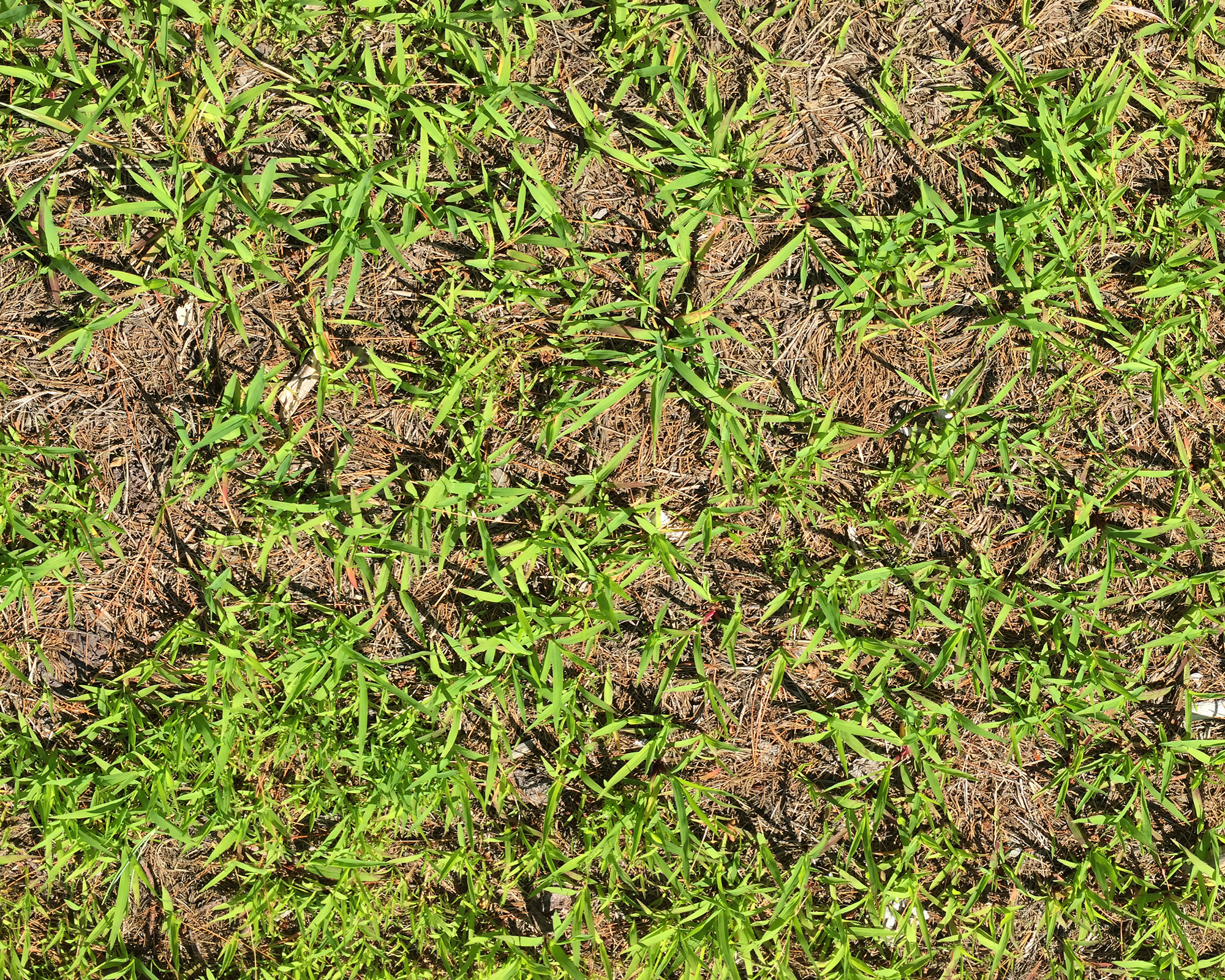Crabgrass vs quackgrass - tell these lawn invaders apart with this simple tip
Crabgrass vs quackgrass – which one is attacking your lawn? You'll need to learn the difference before you tackle these weeds in your garden

Crabgrass vs quackgrass is like a heavyweight match between two invasive grass species that can turn your pristine, soft lawn into a tangled mess. Even the best lawn mower won't help you get rid of these tough, clumpy grasses that somehow always evade even the sharpest blade.
Some lawn owners simply give up and settle for a clumpy-looking lawn – don't let this be you. The reason you can't seem to get rid of crabgrass on your lawn is because it may not be crabgrass at all. Learning to tell the difference between crabgrass and other undesirable grasses on your lawn will determine what you need to do next – and the methods will be quite different.
What is crabgrass?

Crabgrass (Digitaris) is an annual weed that spreads horizontally across your lawn, making it pretty much impossible to remove with a lawn mower. It's also known as 'finger grass' thanks to its sprawling habit.
The easiest way to tell whether you've got crabgrass on your lawn is to watch the borders – at some point, you'll notice the horizontal shoots growing parallel with the ground. The bad news is that by the time you've noticed it, it's often too late to remove crabgrass. You can apply herbicide, but it most likely will damage the rest of your lawn, so it's not worth it.
The good news is that crabgrass is an annual plant, and the winter frosts will kill it, without fail. If you've noticed crabgrass in your lawn, it's best to leave it and then apply pre-emergent herbicide early next spring to prevent any seeds remaining from last year from germinating. For anyone with a recurring crabgrass issue, applying a pre-emergent product is one to remember for your spring lawn care tips.
What is quackgrass?

Quackgrass (Elymus repens) is a completely different species of weed from crabgrass, and unlike crabgrass, it's an upright-growing perennial. Quackgrass is characterized by broad leaves (you'll notice right away that they're broader than regular lawn grass) and a rough feel. It has vigorous, white roots.
Your best bet with this grass is hand-pulling – in fact, applying a targeted herbicide will do nothing to get rid of it, while applying an all-purpose herbicide will kill your lawn grass. If you have a very severe infestation, you may find it easier to just replace your lawn with fresh topsoil and reseeding the lawn. Otherwise, learn how to weed a garden with the help of our guide.
What other invasive grasses are there?
Johnson grass (Sorghum halepense) and Tall Fescue (Festuca arundinacea) are two other common lawn invaders. Both are perennials and upright growing like quackgrass – and again, both are best tackled by hand pulling.
Of course, not all grasses are undesirable – you can learn how to grow ornamental grasses in our guide. Fescue can look attractive in other parts of your garden – just not your lawn.
Know your grass and you'll know how to get rid of the ones you don't want without damaging the beautiful lawn grass you want to thrive.
Anna writes about interior design and gardening. Her work has appeared in Homes & Gardens, Livingetc, and many other publications. She is an experienced outdoor and indoor gardener and has a passion for growing roses and Japanese maples in her outside space.
